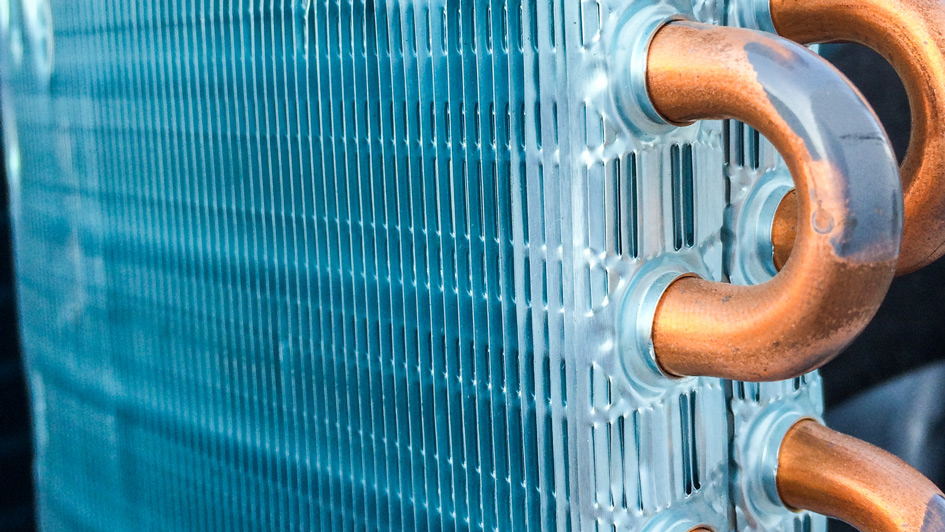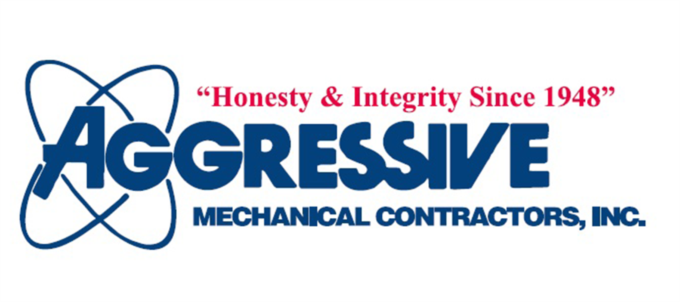
A furnace is almost always a background player in your home, keeping you warm during the cold winter months. It frequently doesn’t get noticed until something breaks down.
One root cause might be that your furnace has a cracked heat exchanger. It’s a potentially dangerous issue, so it’s critical to familiarize yourself with the signs of a cracked heat exchanger and what to do if you suspect that may be the problem.
What Is a Heat Exchanger in a Furnace?
A heat exchanger helps move heat from the combustion chamber in your furnace to the air that flows throughout the system. It generally accomplishes this through coils or tubes that heat the air while functioning as a barrier to keep gas created in the combustion chamber, called flue gasses, from leaking out into your home.
Is a Cracked Heat Exchanger Dangerous?
Thanks to its important role, it’s no surprise that a cracked heat exchanger can be very dangerous. A damaged heat exchanger can allow dangerous gasses – including carbon monoxide, which can be lethal – to be distributed throughout your home.
For obvious reasons, never use your furnace if you suspect there's a crack in the heat exchanger, as letting it run could make the entire household ill. Call an HVAC professional right away if you think your furnace has a cracked heat exchanger that needs repair.
Four Symptoms of a Cracked Heat Exchanger:
- Furnace turns off: A cracked heat exchanger can cause your furnace to turn off.
- Strange Smells: If the air leaving your furnace has an intense chemical smell, it may be evidence gasses are seeping through cracks in your heat exchanger. These gasses, which may smell like formaldehyde, are a major warning sign.
- Carbon monoxide alarm is triggered or you feel symptoms of poisoning: If a cracked heat exchanger is relieving carbon monoxide inside your home, your carbon monoxide alarm could go off or family members could experience signs of carbon monoxide poisoning. Symptoms include headaches, dizziness, weakness, nausea, vomiting or feeling tired. If an alarm goes off or you feel sick, get out of the home immediately and then call for help.
- Soot: If you notice black sooty buildup near the exterior of your furnace, it’s another sign something could be seriously wrong.
What You Can Do if Your Furnace Heat Exchanger is Cracked
If you believe your furnace has a cracked heat exchanger, hire a pro well versed in furnace installation Neptune City right away so they can examine your system and, if required, handle a furnace heat exchanger replacement. Costs often differ depending on the situation, but estimates often hover around $1,000 to $3,000.
However, the good news is that heat exchangers are regularly protected by the warranty. You should check the warranty paperwork on your furnace, as while the warranty may not cover the entire cost of repairs, it can significantly reduce your bill.
How to Avoid a Cracked Heat Exchanger in Your Home
One of the best ways to prevent a problem in your furnace overall is with consistent furnace maintenance. Furnaces work the best when they run efficiently. Hiring a skilled professional to inspect your furnace for broken-down parts, dirty filters and other common problems can help you avoid getting a big bill later on.
It’s also beneficial to inspect your furnace filters every few months – it’s encouraged some filters be replaced every 90 days or sooner if they are dirty or grimy. While the filters aren't connected to the heat exchanger itself, the strain of dragging air through a clogged filter makes the entire furnace work longer to complete its job. And the harder your furnace works, the more wear and tear pieces like the heat exchanger will experience.
